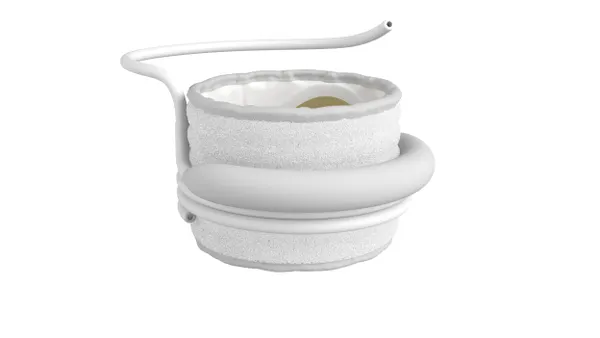Dive Brief:
- The European Society of Cardiology (ESC) has recommended instantaneous wave-free ratio (iFR) to assess coronary blockages in its latest practice guidelines for revascularization procedures.
- The technique is endorsed as effective for making decisions on how to treat intermediate lesions in patients with stable angina or non-ST elevation acute coronary syndrome (NSTE-ACS).
- As a diagnostic tool, iFR received a class 1A recommendation, the ESC’s highest level, supported by two studies that compared the technology to fractional flow reserve (FFR), the more conventional method for measuring blood pressure and flow in a partially blocked coronary artery.
Dive Insight:
Amsterdam-based Royal Philips acquired the iFR technology in its 2015 acquisition of San Diego, Calif.-based Volcano Corp. The procedure gained FDA clearance in 2014.
Both FFR and iFR use guide wires to obtain measurements of the blood pressure at specific points inside the artery to help assess the severity of the blockage during a catheterization procedure.
The ESC guidelines noted two large randomized clinical trials in 2017 showed comparable results between FFR-guided and iFR-guided treatment strategies in patients with intermediate-grade stenosis. In the DEFINE FLAIR trial, the primary endpoint of death, heart attack or repeat coronary revascularization at one year occurred in 6.8% of patients treated with iFR, compared to 7.0% in patients who received FFR.
A benefit to iFR is that it does not require use of intravenous adenosine during the procedure. Health economic data from the DEFINE FLAIR trial, presented at the American College of Cardiology annual meeting in Orlando in March, showed an average savings of about $900 per patient with iFR, according to Philips.
The second major study comparing iFR to FFR, called iFR Swedeheart, found the primary endpoint of death from any cause, non-fatal MI or unplanned revascularization was 6.7% in the iFR group and 6.1% in the FFR group.
The iFR technology has been available as an alternative to FFR in Europe since 2013. According to Philips, the procedure also reduced patient discomfort as well as the amount of time spent in the cath lab.







